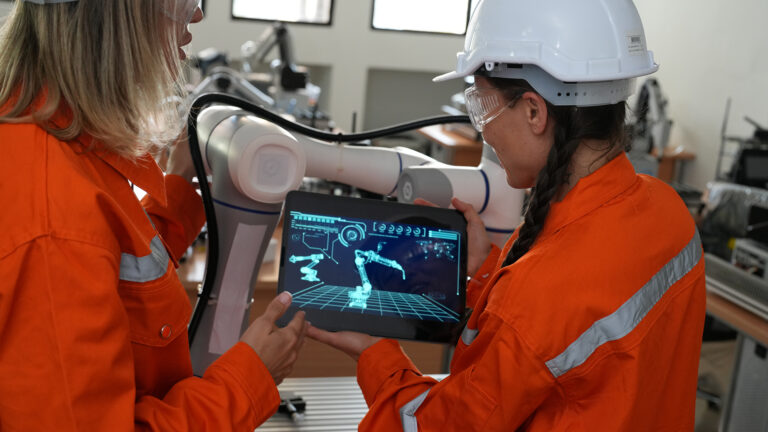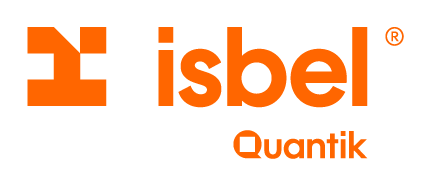POL(passive optical LAN) is a high-performance, more efficient and environmentally friendly networking solution that replaces traditional structured cabling and other network elements such as switches.
Companies are often forced to improve their connectivity conditions, which means extending their networks to ensure better performance. Traditionally, local area networks (LANs) use copper architecture, and the same networks are generally used for various services, such as Wi-Fi or video surveillance cameras.
Upgrading this type of architecture typically involves laying more copper cables and replacing switches with ones that support high upload speeds, such as 10 gigabits per second. These upgrades are expensive, both in terms of labor and equipment investment.
In addition, this creates an uneconomical and inefficient environment to manage, leading to increased ventilation requirements and cluttered wiring closets.
How to improve connectivity without major investments?
The installation of a fiber-based network meets the needs of modern enterprises, as well as ensuring the cost-effective evolution of their network towards ever higher data rates.
The optical LAN 's quality of service and high bandwidth allow multiple services (voice, video and data) to converge on the same fiber network, resulting in greater efficiency in maintenance, cabling and overall performance , higher data rates per user and up to a 50% reduction in operating and installation costs.
What is behind this solution?
The technology that improves connectivity is called gigabit passive optical network, better known as GPON.
Among other advantages, this system provides an enormous amount of bandwidth in a single fiber. It is composed of an optical network terminal (OLT), which is a central hub that receives all the optical lines coming from each location, and an optical node terminal (ONT), which receives the optical fiber to bring wifi to a location.
This structure ensures traffic prioritization and data burst management, so that each user or terminal gets the performance it needs.
At Isbel, we work together with Nokia to develop and implement these technologies.

What are the benefits of POL?
Among other advantages, the following stand out:
Increased safety
It provides a highly secure environment for the transport of sensitive data (advanced encryption with bidirectional key exchange, intrusion detection, etc.).
Reliable infrastructure
It offers simple, reliable cabling infrastructure with a service life of more than 50 years.
No interference
Fiber optics are immune to electromagnetic interference, radio frequency and electromagnetic pulses.
Storage space
POL reduces the space occupied by cables by 90%, due to the fact that it requires less equipment and that fiber cables take up less space than copper cables.
Savings
Implementing an optical LAN reduces energy consumption by up to 40%. In addition, operating costs are lower due to savings in maintenance, management, service contracts, testing, certification and upgrades.
Scalability
The bandwidth capacity can be easily increased by using the same fiber optic cabling and making a small change to the OLT.
Higher connection speed
POL networks support higher quality wifi connections: this technology can send 1 gigabit per second to all connection points. For end users, this translates into faster wifi connections and a better experience, both for accessing sites or applications and in terms of upload and download speeds.
For these reasons, the POL solution has become a great standard-bearer for improving connectivity. It is already being implemented by governments, utilities, enterprises and telecom operators around the world.
Growing market acceptance reflects the ability of passive optical LANs to support organizations' critical applications more efficiently than traditional copper-based LANs.



